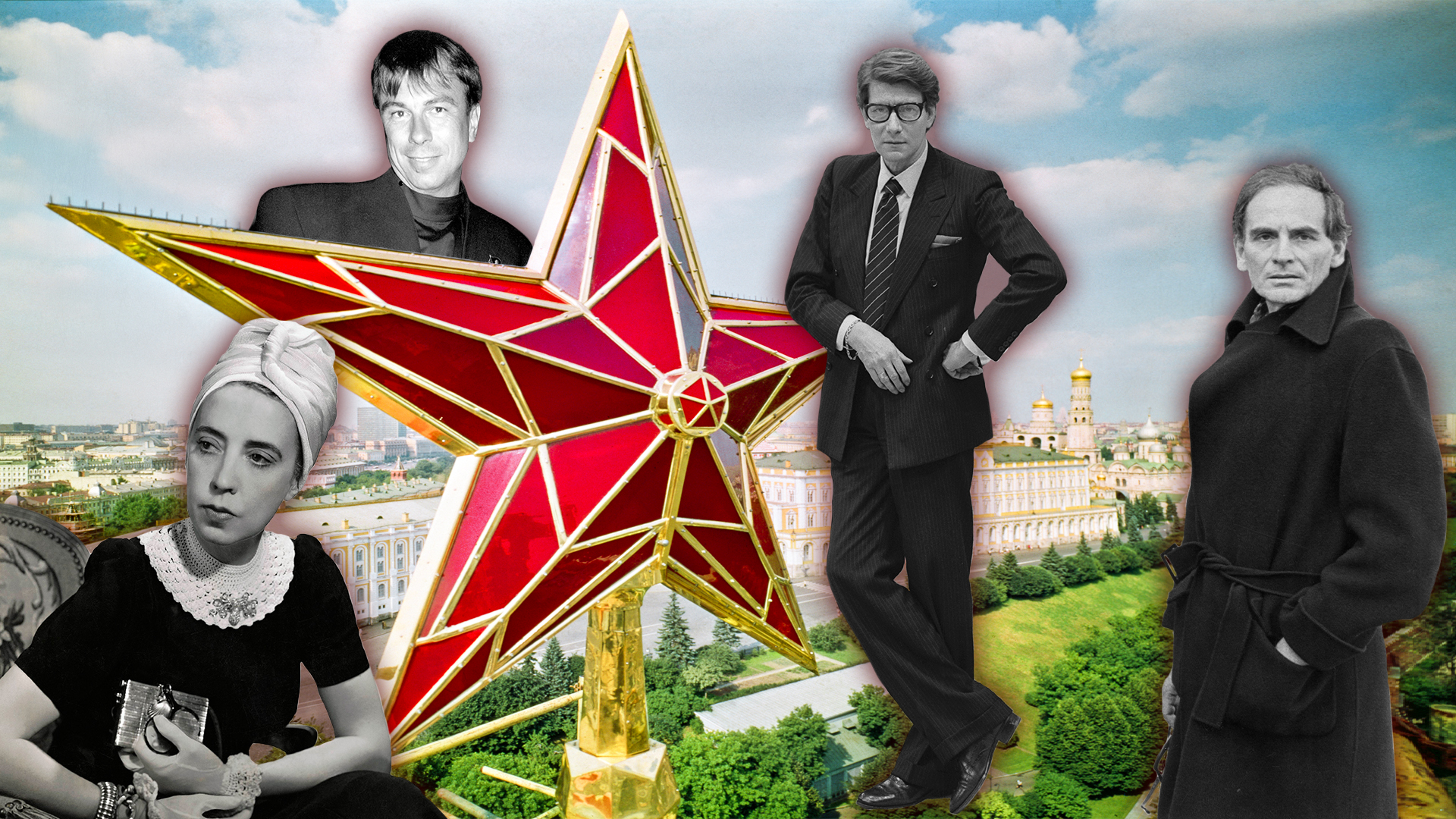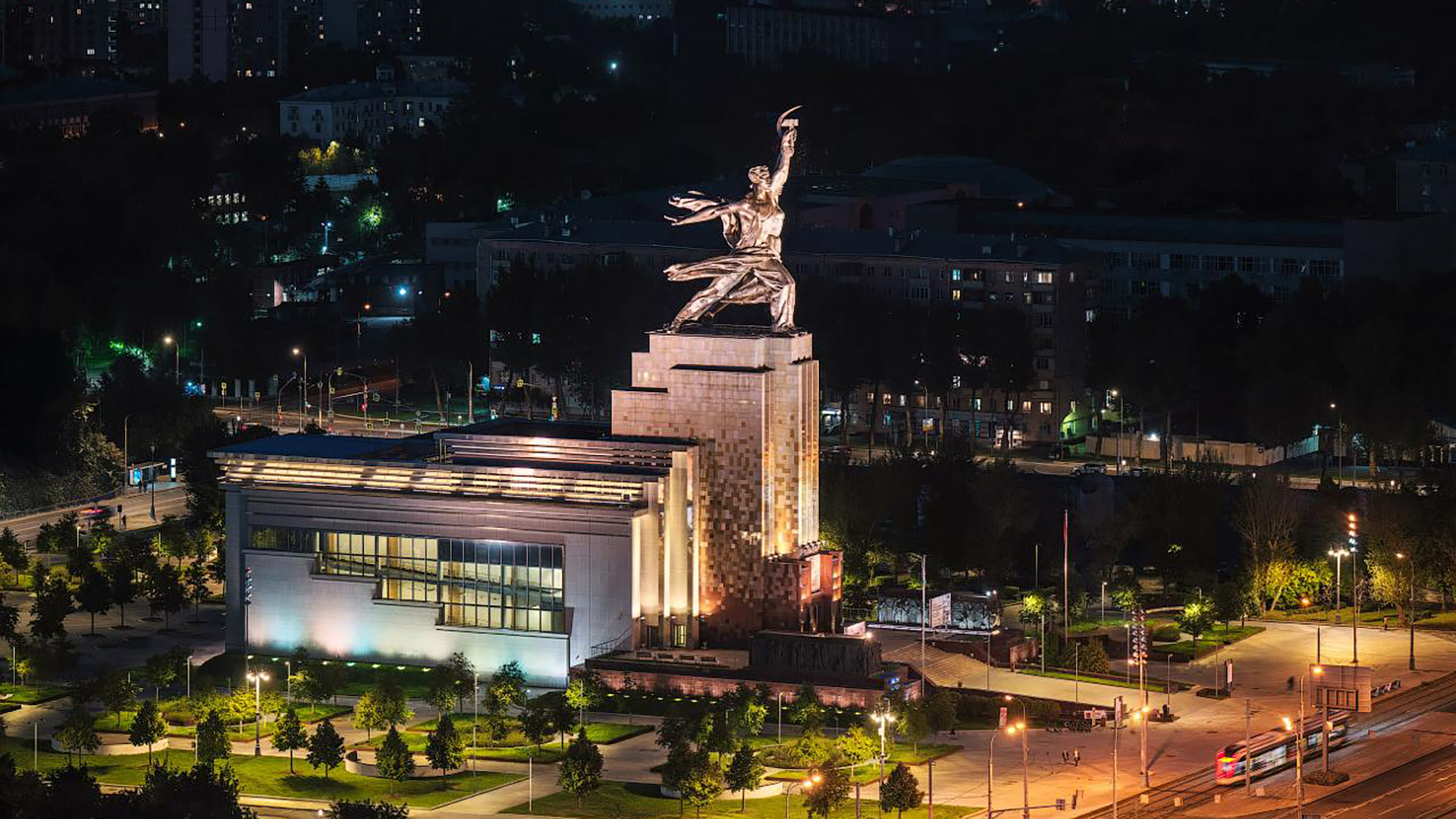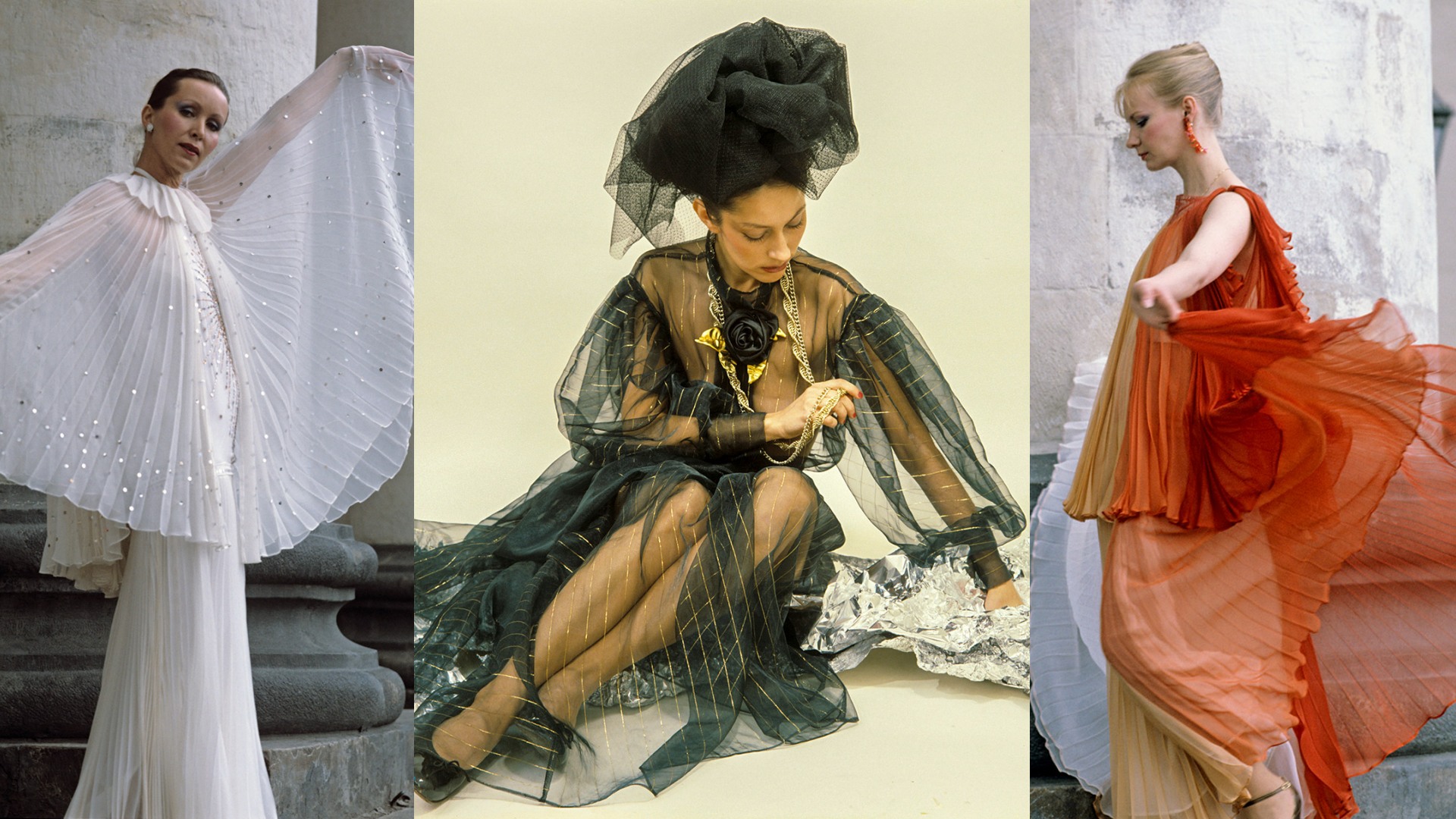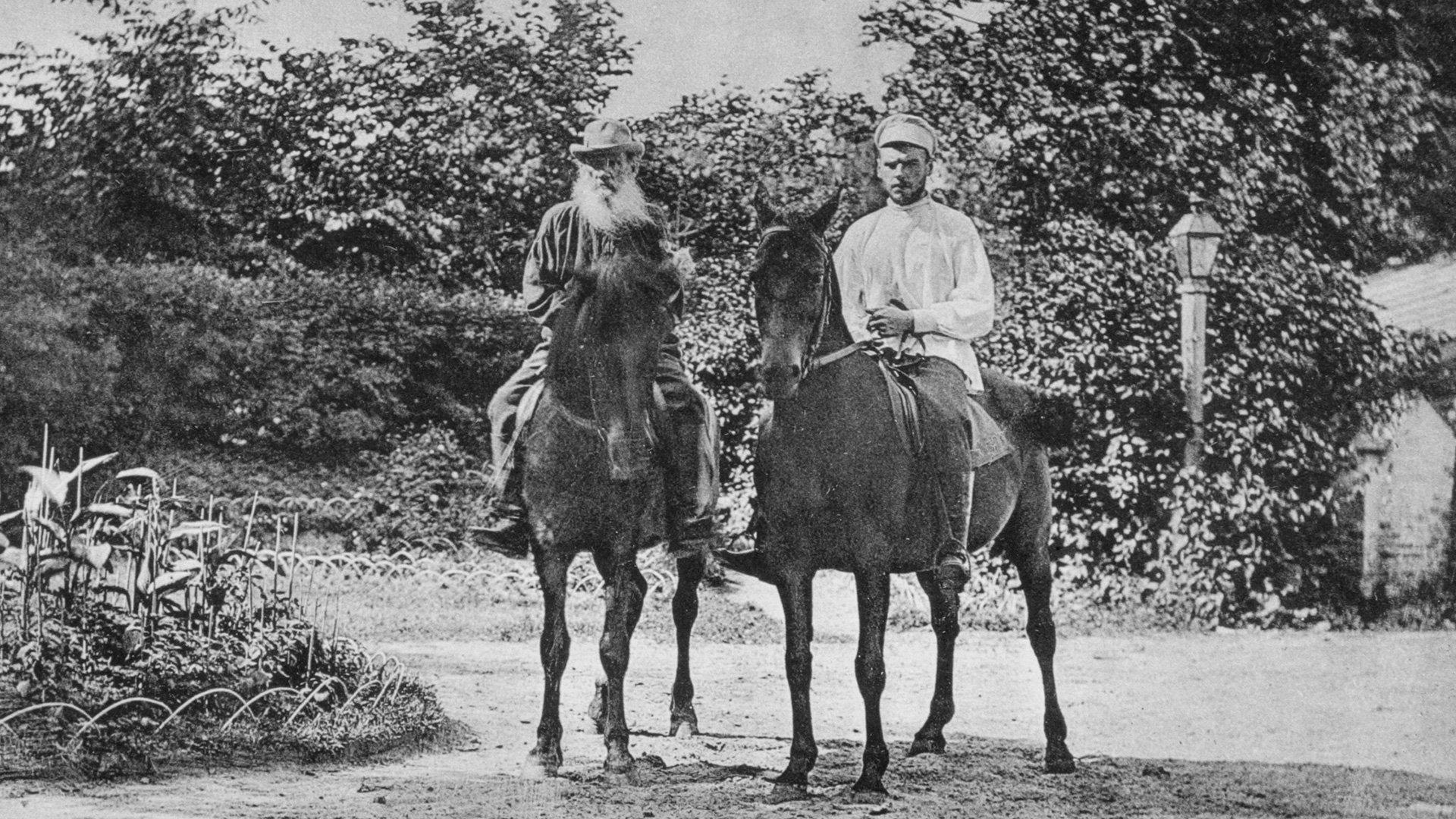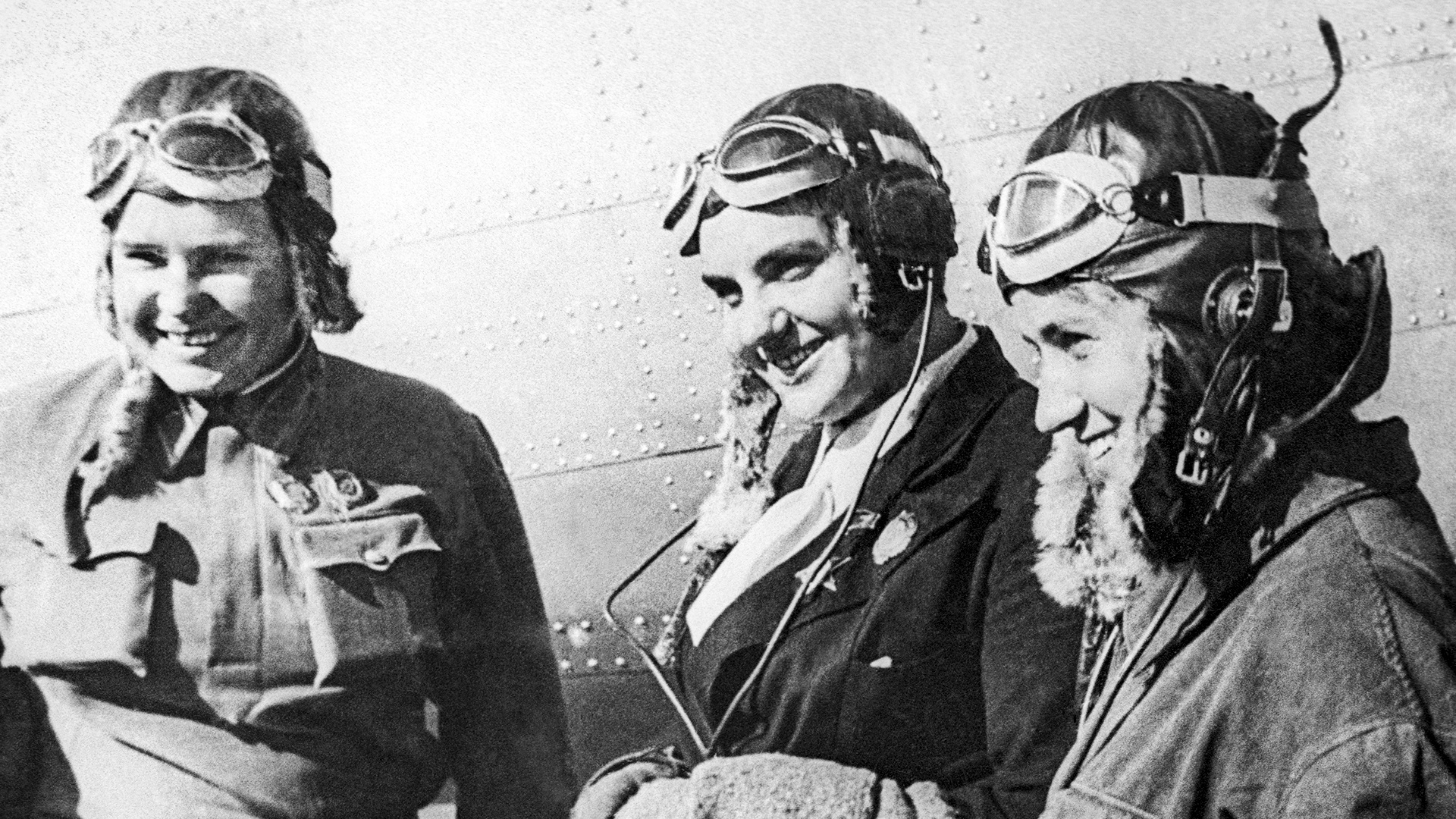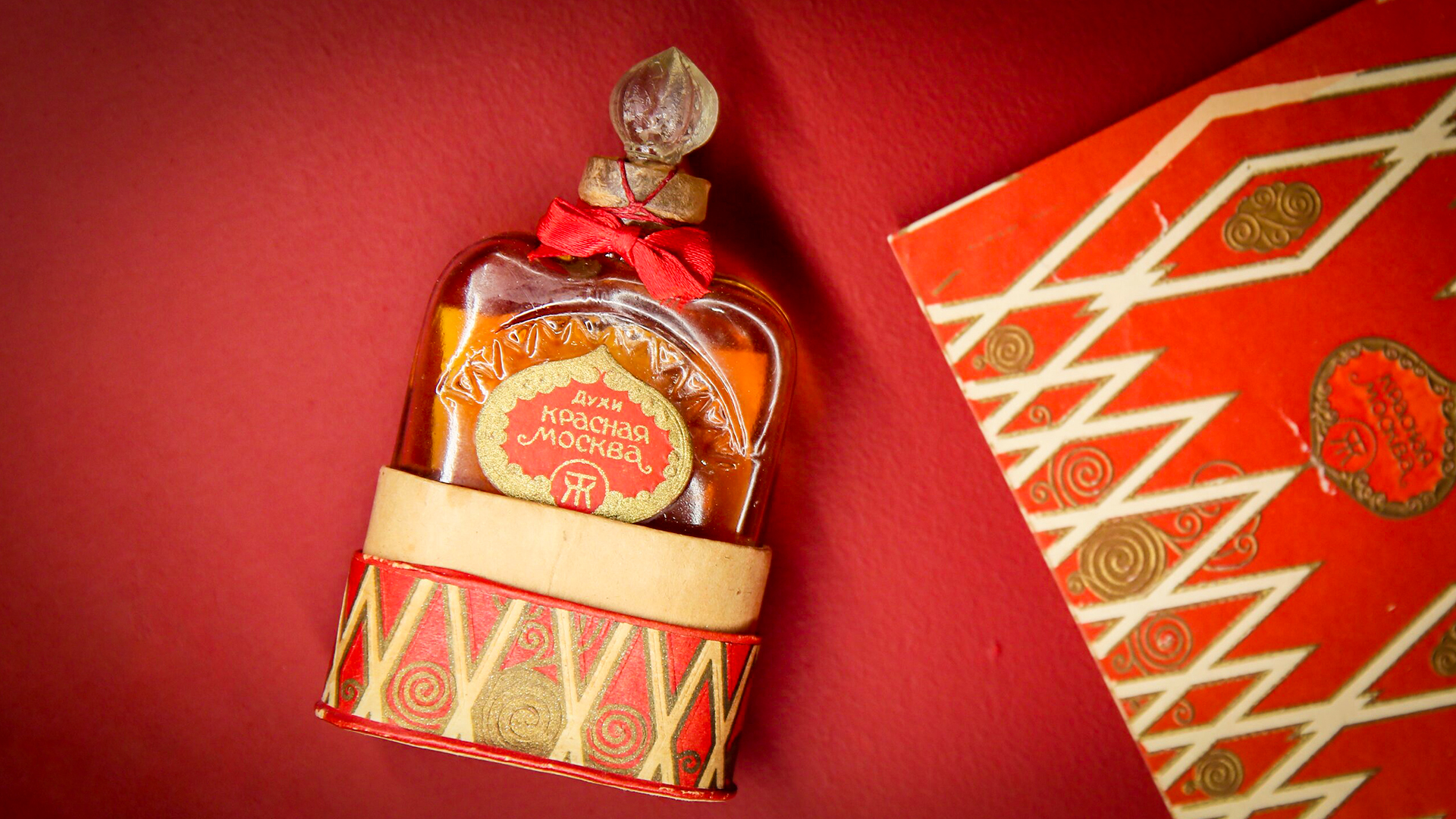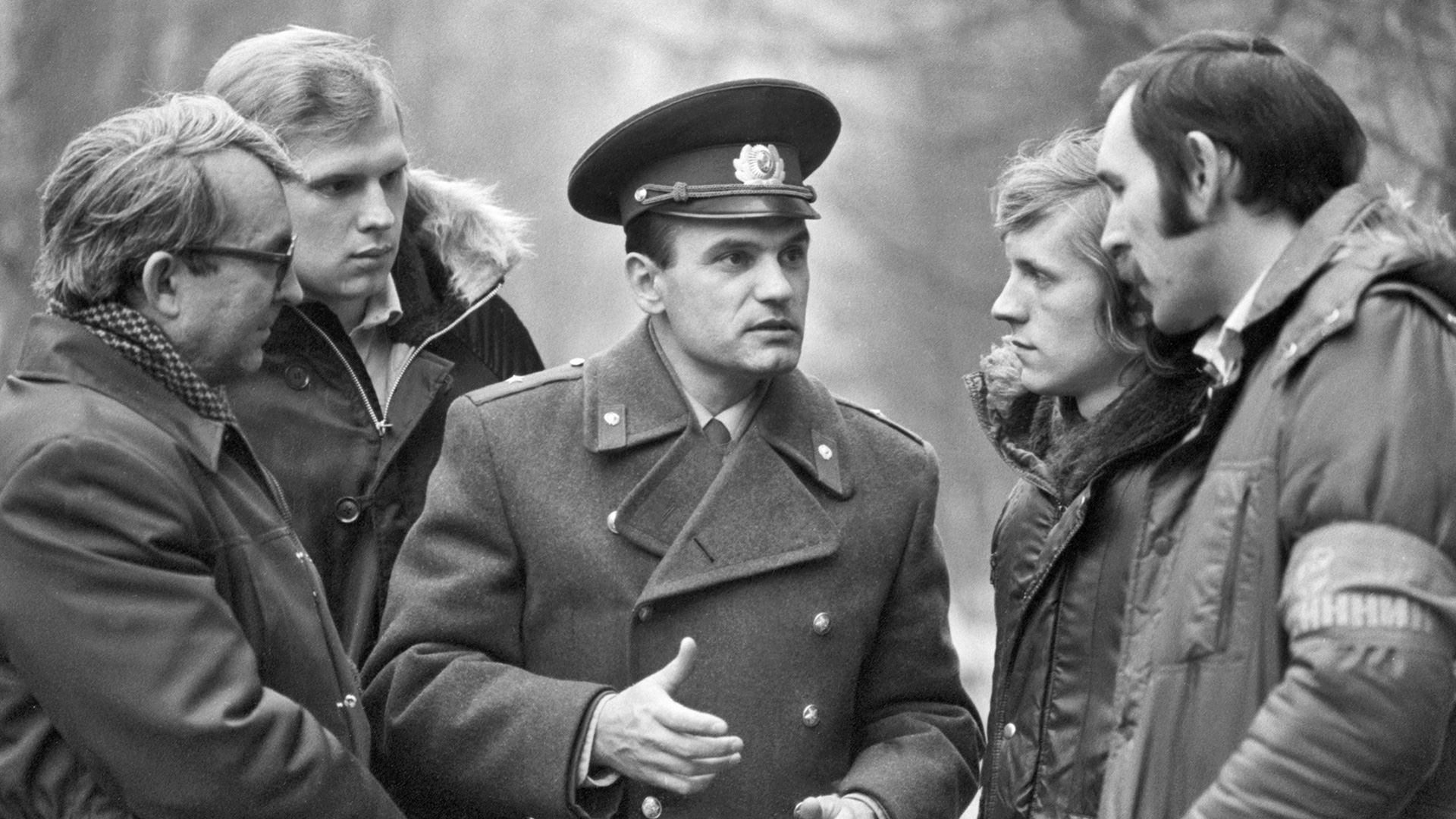
What the legendary ‘Artek’ pioneer camp was like in Soviet times (PHOTOS)

On June 16, 1925, the first season of the ‘Artek’ pioneer camp opened, housing only a few tarp tents and only 80 children from Moscow and a few other cities.

At first, the camp had a recreational purpose and helped children in need of rehabilitation from tuberculosis. Therefore, the location near Yalta on the southern coast of Crimea was chosen.

The sea, mountains and conifers had a favorable effect on children's health. In addition, morning exercises and physical training became a routine.

One of the camp’s symbols is the Ayu-Dag Mountain, which offers an excellent view from the beach. The name means ‘bear-mountain’ in the Crimean Tatar language, because its outline resembles a bear sleeping or leaning against the water.

‘Artek’ was divided into groups of up to 30 children, to each of which a “counselor” was assigned, essentially an older fellow between 18 and 25 years old.

Over time, the number of children staying at the camp began to grow. In 1930, roughly 1,000 pioneers stayed at the camp for the whole summer and, in 1939, as many as 4,500. The Soviet record attendance took place in 1985, when 36,892 stayed at ‘Artek’. This figure was only beaten in 2017.

From a tent camp on a small patch of land, ‘Artek’ has since grown to 218 hectares. Because of the huge territory, it had to be broken up into several smaller “camps”, on sea, mountains and others. Artek has many buildings and even has its own stadium.

During World War II, Crimea was occupied by the Nazis and the camp was evacuated to Altai. But, in 1944, after the liberation of the peninsula, ‘Artek’ welcomed pioneers again.

The pioneer camp by the sea was not only a beach vacation. Children were constantly busy with a variety of activities and hobby groups. Aircraft modeling, chess, dancing, sports and much more.

‘Artek’ even had its own library.

Children were also taken on excursions to various Crimean sights, for example, the Swallow's Nest castle, which is very close by.

Although the camp is by the sea, swimming was not the most important activity. According to the daily schedule, kids only went to the beach twice a day: in the morning before 12 am and in the afternoon after 4 pm, when the sun was considered safer. And kids could only enter the water and go out from it at the signal of a trumpet blown by the adult supervisor.

Another indispensable part of the schedule was the afternoon nap, or “a quiet hour”.

The distinctive feature of ‘Artek’ has always been its international character. Children from all Soviet republics, as well as children from other socialist countries and friendly African nations would stay there.

One of the brightest events of the summer season is ‘Neptune's Day’ (which is reminiscent of a sailor's Line-crossing ceremony). It’s a “sea” holiday, when children dress up as fairy-tale characters from the sea world, put on a theatrical performance and dances, as well as shower the tutors with water.

“‘Artek’ was considered a ‘showcase’ of Soviet pioneering, so the most honorable foreign guests were taken there. For example, in 1964, Sarvepalli Radhakrishnan, President of India, visited the camp.

And, in 1965, Modibo Keita, the President of Mali, visited the Crimean camp.

Yuri Gagarin, the first man in space, also visited ‘Artek’, where he was awarded the badge of honorary pioneer.

Even Soviet leader Leonid Brezhnev managed to pay a visit to ‘Artek’.




